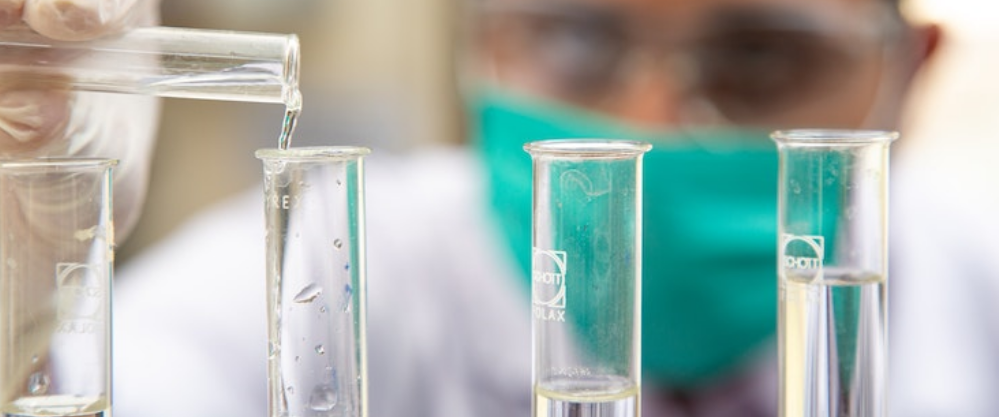Department of Pharmacology
Department of Pharmacology
Tennis Court Road
Cambridge CB2 1PD
Tel: +44 (0) 1223 334176
Twitter Account: @UnivCamPharm
Bluesky Account: @phar.cam.ac.uk
LinkedIn Account: Department of Pharmacology

© 2025 University of Cambridge
